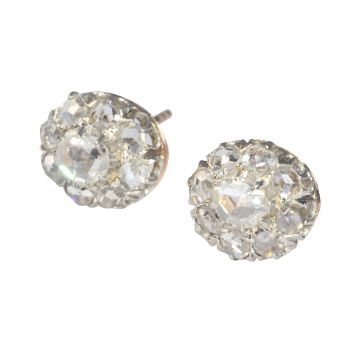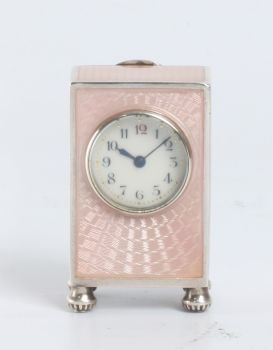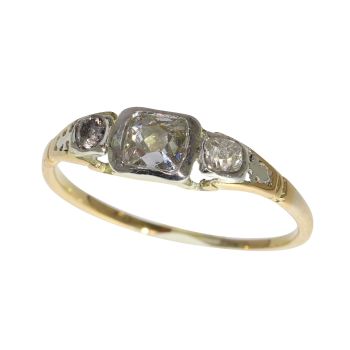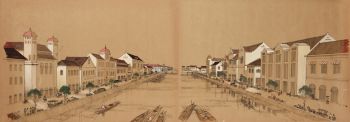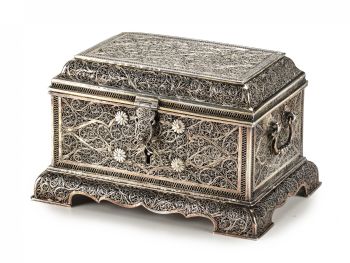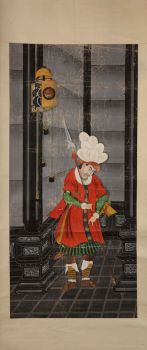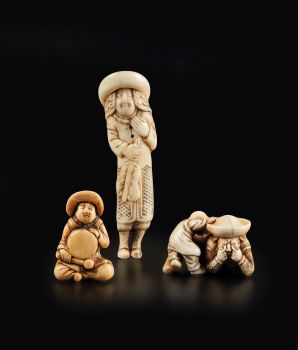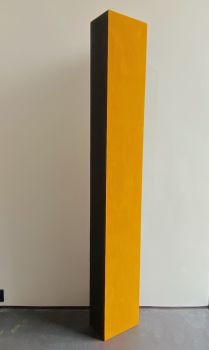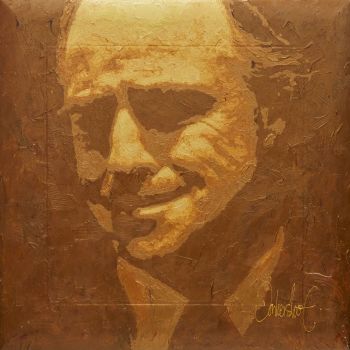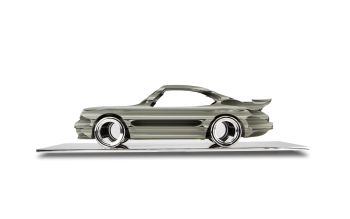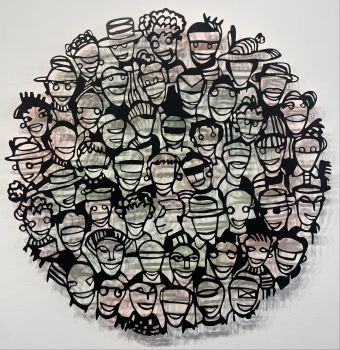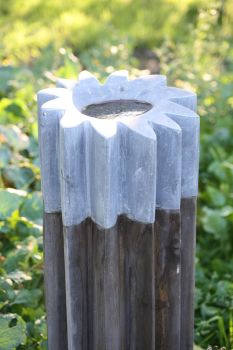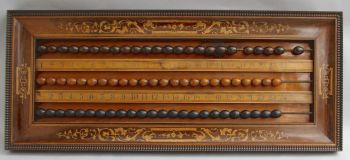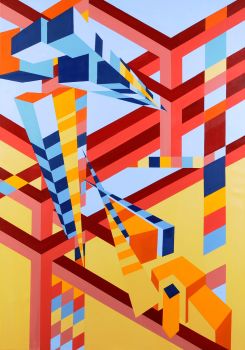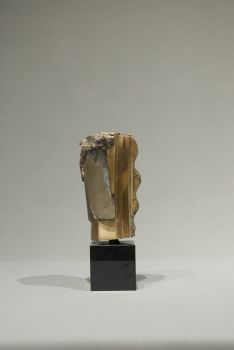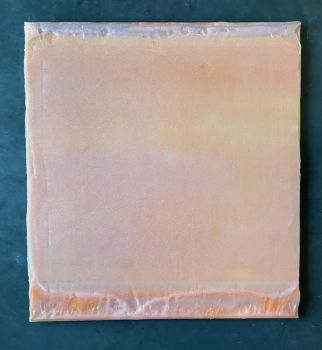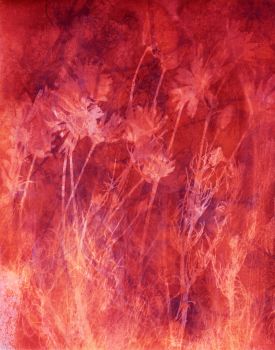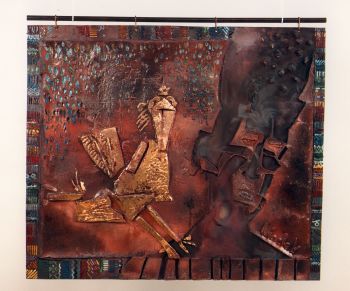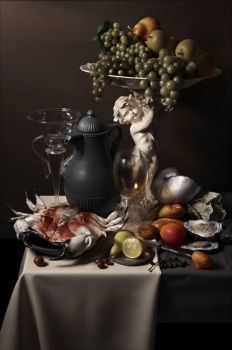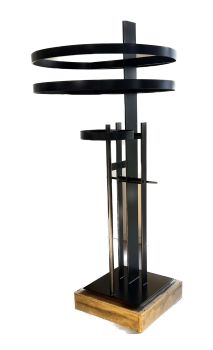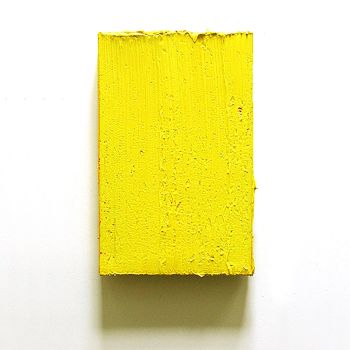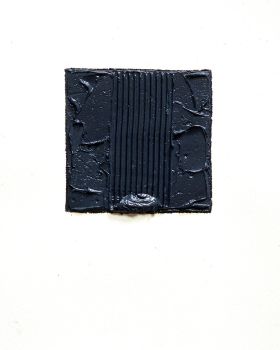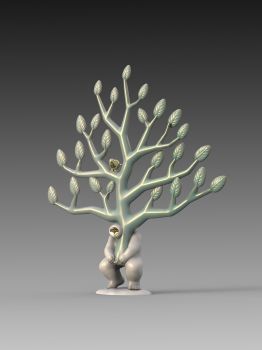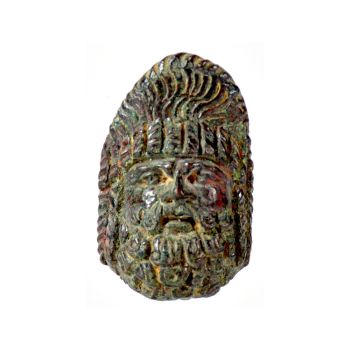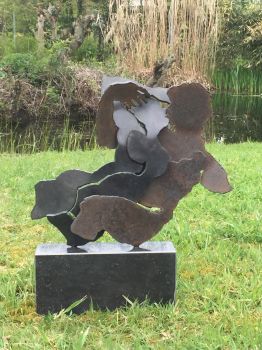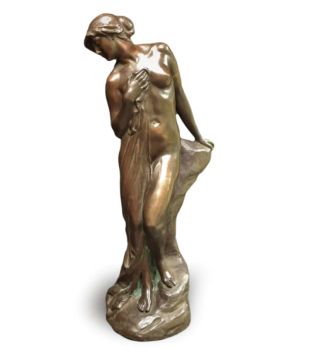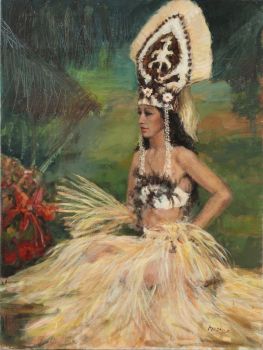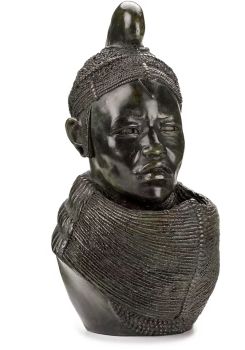UN MODELO JAPONÉS DE UN NORIMONO, UN PALANQUÍN 1650 - 1700
Artista Desconocido
Zebregs & Röell - Fine Art - Antiques
- Sobre la obra de arteA JAPANESE MODEL OF A NORIMONO, A PALANQUIN
Late 17th century
The fully equipped and working palanquin in black lacquer ground decorated in gold hiramaki-e, metal and tissue
H. 23 x L. 25.8 x D. 18.6 cm
Yoke L. 68 cm
Note:
A rare model of a Japanese palanquin, norimono. Another one is in the Ethnographic Collection of the National Museum of Denmark and one in the Musée des Beaux-Arts de Brest. Between 1641 and 1858 the Dutch were the only Westerns allowed in Japan. Like the local Japanese rulers, the Dutch had to make a yearly voyage from their settlement in the bay of Nagasaki to the court of the Shogun in Edo (Tokyo) to pay their respect and bring presents from the West. This was the only time in the year the Dutch were allowed off their small island Deshima. They travelled in norimono like this model one carried by four men. Sometimes a hole was made in the foot-end of the palanquin allowing the Dutchmen to stretch their legs. The Japanese thought the Dutch could not bend their knees and therefore sat on chairs. These models were presented during the hina matsuri, the dolls festival, as the vehicle of a lord’s spouse. - Sobre el artista
Puede suceder que un artista o creador sea desconocido.
Algunas obras no deben determinarse por quién está hecho o por (un grupo de) artesanos. Algunos ejemplos son estatuas de la Antigüedad, muebles, espejos o firmas que no son claras o legibles, pero también algunas obras no están firmadas en absoluto.
También puedes encontrar la siguiente descripción:
•"Atribuido a …." En su opinión, probablemente una obra del artista, al menos en parte.
•“Estudio de….” o “Taller de” En su opinión, una obra ejecutada en el estudio o taller del artista, posiblemente bajo su supervisión
•“Círculo de…” En su opinión, una obra del período del artista que muestra su influencia, estrechamente asociado con el artista pero no necesariamente su alumno.
•"Estilo de …." o “Seguidor de…”. En su opinión, una obra ejecutada al estilo del artista pero no necesariamente por un alumno; puede ser contemporáneo o casi contemporáneo
•"Manera de …." En su opinión una obra al estilo del artista pero de fecha posterior
•"Después …." En su opinión, una copia (de cualquier fecha) de una obra del artista
•“Firmado…”, “Fechado…” o “Inscrito” En su opinión, la obra ha sido firmada/fechada/inscrita por el artista. La adición de un signo de interrogación indica un elemento de duda.
•“Con firma…”, “Con fecha…”, “Con inscripción…” o “Lleva firma/fecha/inscripción” en su opinión la firma/fecha/inscripción ha sido añadida por alguien que no es el artista
¿Está interesado en comprar esta obra de arte?
Artwork details
Related artworks
- 1 - 4 / 12
Artista Desconocido
UNA COLECCIÓN DE CUATRO CAJAS BÍBLICAS DE MARFIL DE SRI LANKAN18th century
Precio a consultarZebregs & Röell - Fine Art - Antiques
Artista Desconocido
EIGHT NEO-GOTHIC STAINED GLASS WINDOWS WITH SUSPENSION EYELET, 19th C, BELGIUM.1850 - 1900
Precio a consultarSpectandum Gallery
Artista Desconocido
UN PEQUEÑO NETSUKE DE MARFIL DE UN HOLANDÉS CON UN TAMBOR1750 - 1800
Precio a consultarZebregs & Röell - Fine Art - Antiques
Artista Desconocido
UN RARO TELESCOPIO DE CUERO LACADO JAPONÉS GRANDE1750 - 1800
Precio a consultarZebregs & Röell - Fine Art - Antiques
Artista Desconocido
PAREJA DE ANTORCHAS O VELAS DE TECA DORADA Y LACADA INDONESIA18th century
Precio a consultarZebregs & Röell - Fine Art - Antiques
Artista Desconocido
UN NETSUKE MARINE MARFIL DE UN HOLANDÉS CON UN VENTILADOR CHINO18th century
Precio a consultarZebregs & Röell - Fine Art - Antiques
Artista Desconocido
The Stamford Raffles Secretaires.1800 - 1813
Precio a consultarZebregs & Röell - Fine Art - Antiques
1 - 4 / 24Artista Desconocido
PAREJA DE ANTORCHAS O VELAS DE TECA DORADA Y LACADA INDONESIA18th century
Precio a consultarZebregs & Röell - Fine Art - Antiques
Artista Desconocido
UNA COLECCIÓN DE CUATRO CAJAS BÍBLICAS DE MARFIL DE SRI LANKAN18th century
Precio a consultarZebregs & Röell - Fine Art - Antiques
Shiba Kokan
Pintura de un holandés de fantasíaearly 19th
Precio a consultarZebregs & Röell - Fine Art - Antiques
Artista Desconocido
Holandeses en miniatura18th century
Precio a consultarZebregs & Röell - Fine Art - Antiques
Artista Desconocido
Holandeses en miniatura (Netsuke)1700 - 1900
Precio a consultarZebregs & Röell - Fine Art - Antiques
Artista Desconocido
Japanese transition-style lacquer coffer 1640 - 1650
Precio a consultarZebregs & Röell - Fine Art - Antiques
1 - 4 / 24Arie Teeuwisse
Titania and Nick Bottom (the weaver)20th century
Precio a consultarKunsthandel Pygmalion
1 - 4 / 24Artista Desconocido
UNA COLECCIÓN DE CUATRO CAJAS BÍBLICAS DE MARFIL DE SRI LANKAN18th century
Precio a consultarZebregs & Röell - Fine Art - Antiques
Artista Desconocido
UN TOCADO DE PLUMAS TRIBU JURUNA1900 - 1950
Precio a consultarZebregs & Röell - Fine Art - Antiques
Joseph Savart
Four portraits of women of Guadeloupe1769
Precio a consultarZebregs & Röell - Fine Art - Antiques
Artista Desconocido
A silver spoon commemorating Juff’ Margareta van Hoorn1656 - 1694
Precio a consultarZebregs & Röell - Fine Art - Antiques
1 - 4 / 12





